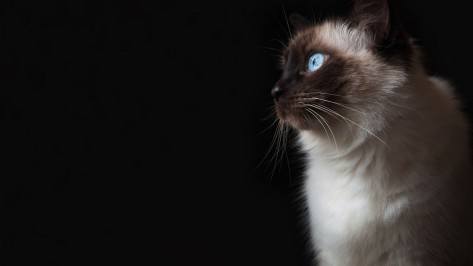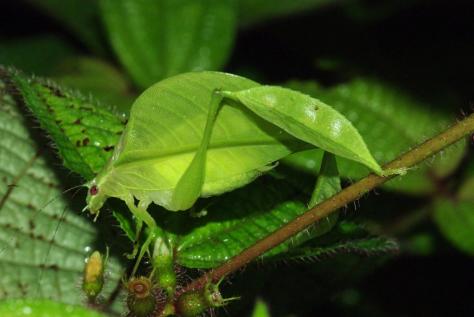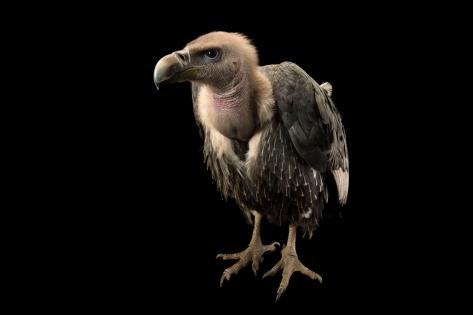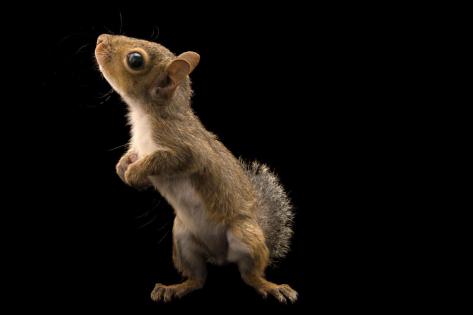A team of researchers counted the number of neurons in dog and cat brains and found one had twice as many as the other.
One of our most contentious debates may now have an answer.
Dogs, it turns out, have about twice the number of neurons in their cerebral cortexes as cats, which suggests they could be about twice as intelligent.
This finding was provisionally accepted for publication and will soon publish in the journal Frontiers in Neuroanatomy. A team of researchers from six different universities in the U.S., Brazil, Denmark, and South Africa contributed to the research.
One of the study’s authors is noted neurologist Suzana Herculano-Houzel. For the past decade, the now Vanderbilt professor has been studying cognitive function in humans and animals. To get as precise a measurement as possible, she starts by counting neurons, a special type of nerve cell found in the brain that transmits messages.
“You take the brain and turn it into a soup,” she said, matter-of-factly, as the first step to finding these neurons. From there, she said, you end up with a number of suspended nuclei from neuron cells that allow the researchers to estimate the number of neurons present.
Why Use Neurons?
“Neurons are the basic information processing units,” said Herculano-Houzel. “The more units you find in the brain, the more cognitively capable the animal is.”To make her results-yielding “brain soup,” as she calls it, the research team used only a part of the brain called the cerebral cortex, the crinkly outer layer that sits on top of the brain’s other pieces. While different parts of the brain process outside stimuli like sight and touch, the cerebral cortex puts these stimuli together to drive decision-making and problem-solving, among other functions.
“The cortex is the part of the brain that gives complexity and flexibility,” said Herculano-Houzel.To get an idea of how many neurons dogs and cats might typically have, the team used three brains—one from a cat, one from a golden retriever, and one from a mixed-breed small dog. Two brains were used to study dogs because the canines vary so greatly in size.
In each of the dogs’ brains, despite varying in size, researchers found about 500 million neurons, more than double the 250 million found in the cat’s brain.
Based on the number of neurons found, they speculated that dogs have roughly the same intelligence as raccoons and lions, while domestic cats have comparable intelligence to bears.For comparison, humans have by far the highest number of neurons in our cerebral cortexes—as many as 16 billion per person. Among our closest cousins, orangutans and gorillas have about eight to nine billion neurons, while chimpanzees have about six to seven billion neurons.
One of the most intelligent non-primate animals the research team has studied are elephants, which have 5.6 billion neurons. Though Herculano-Houzel notes they also have higher-than-typical neuron counts in their cerebellums, the part of the brain that controls motor skills. That may help them wield their hefty trunks.
The Measure of Intelligence
 While the researchers may have added scientific clout to a household debate about cats and dogs, their work is part of a larger effort to use neurons as one quantifiable measure of intelligence.Previous and sometimes controversial work to quantify intelligence has measured brain size and structural complexity.
While the researchers may have added scientific clout to a household debate about cats and dogs, their work is part of a larger effort to use neurons as one quantifiable measure of intelligence.Previous and sometimes controversial work to quantify intelligence has measured brain size and structural complexity.
Sarah Benson-Amram is a scientist at the University of Wyoming’s Animal Behaviour and Cognition lab. She said she and her colleagues have found some support that large brain size in carnivorous animals leads to better problem solving.
But she said there’s little evidence to say largerbrain size universally leads to higher intelligence.









